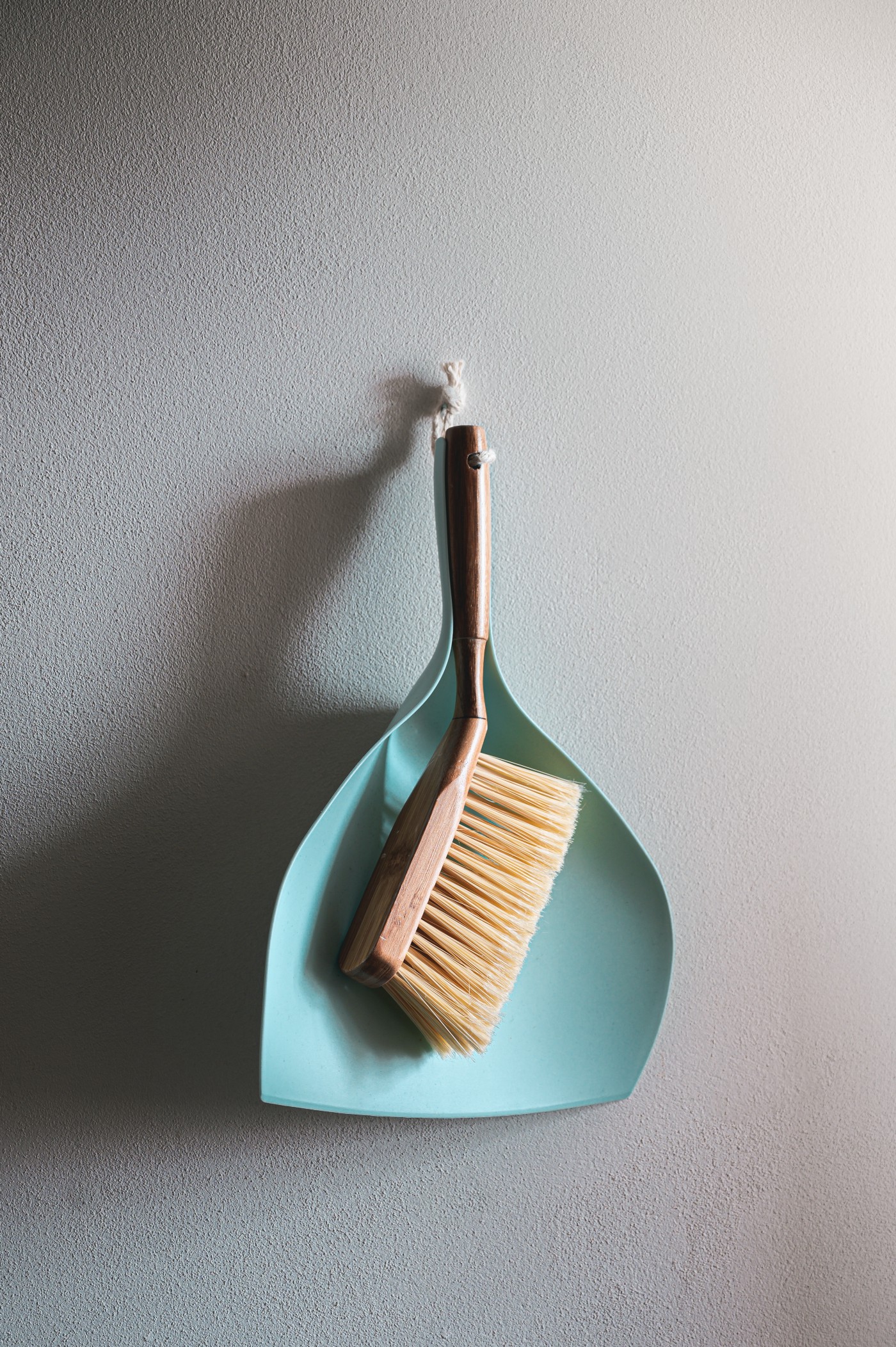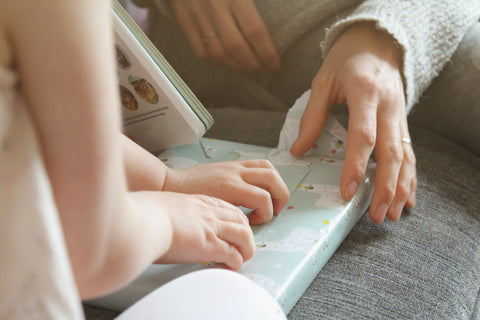Attention deficit hyperactivity disorder (ADHD) is a condition that impacts the way your brain processes information. Many think ADHD is a children’s problem but in fact it impacts many adults. According to the American Journal of Psychiatry, roughly 4% to 5% of the adult population in the United States have been diagnosed with ADHD, although this figure is thought to be significantly underreported.
ADHD symptoms vary by individual and can range from mild to severe. Some symptoms are known to change over time. People with ADHD commonly experience the following:
- Anxiety
- Depression
- Difficulty making deadlines
- Forgetfulness
- Lack of focus or hyper focusing on tasks
- Poor organizational skills
- Problems staying on task and following directions
- Procrastination
- Low motivation
- Difficulty remembering information and concentrating
- Struggling with time management
There is no lab test to diagnose ADHD rather it involves gathering information from observations, filling out checklists, and having a medical evaluation to rule out other medical problems. ADHD is diagnosed as one of three types inattentive, hyperactive/impulsive, and combined.
Inattentive ADHD (once called ADD) is a subtype of ADHD. People with this form of ADHD often experience the following:
- struggle paying close attention to details
- makes careless mistakes
- has difficulty focusing on activities, conversations, or long books
- often seems to be ‘elsewhere’ or not listening
- difficulty organizing tasks and projects
- commonly loses or misplaces papers, books, keys, cell phone, eyeglasses, wallet, etc.
- forgetful and easily distracted
- limited attention span
- distracted by stimuli
- will often procrastinate and put off completing task
People with hyperactive and impulsive ADHD will experience:
- inability to sit still and often fidgets or squirms
- are always on the “go”
- talk too much
- are constantly on the move
- blurt out answers
- finish people’s sentences
- have difficulty waiting and standing in line
A person with combined ADHD will display characteristics of both inattentive and hyperactive ADHD.

ADHD and Clutter Cluttering is a behavior typical in people with ADHD. Leaving items out as visual cue is a common way of compensating for an unreliable memory or inadequate time-management system.
Clutter can be extremely stressful to a person with ADHD. While people with ADHD purposely leave things out, the site of everything overwhelms the brain and a person gets trapped in a loop of not knowing where to start.
Benefits of Organizing If you have ADHD there are several benefits to having an organized home and office.
- Increased productivity. Having everything easily accessible saves you time. You won’t have to search for documents and items making you more productive throughout the day. Gone will be the days of misplacing your keys and cell phone and spending hours searching to find a lost item.
- Reduces anxiety and depression. Having a clear home helps to clear your mind. It will help prevent negative thoughts and emotions. An organized home will help reduce your anxiety and depression levels.
- Helps you prioritize. If clutter is out of the way then it allows you to focus on other priorities.
- Improves relationships. Often clutter can cause stress on relationships. If you are a parent decluttering can be a positive modeling behavior to your children. Also, since you are saving time, you will have more of it to spend with family and friends.
How to Successfully OrganizeSet expectations. One of the important ADHD organization tips is to set expectations. One of the things people with ADHD struggle with is the goal of perfection. Ditch perfection as the door, no one is perfect, and it is impossible to achieve.
Determine your goals. Get things out of your head. Create a task or project list of what you want to accomplish. The goals can be written on paper or digital notes. The goals should be specific, measurable, and realistic. For example, a goal could be to be able to park your car in your garage or throw away all expired food in your refrigerator.
Have Less Stuff. Clearing the clutter and getting rid of anything you don’t use or need is one of the simplest and quickest ways to create a better functioning, more organized home. Start with items that you don’t have emotional attachment and are beyond their usable life. Why are you keeping the chipped coffee mug? Do you really need all those pots and pans?
Divide and conquer. Divide the space you are working on into a grid and work on one portion of the grid at a time. For example, organizing a whole kitchen is overwhelming for anyone but if you break it into part it can be a manageable task. Maybe this week you want to focus on the refrigerator and next week the pantry.
Get Started. With home organization ADHD people often put off decluttering. One of the hardest things to do when making a change is getting started and really there is no time like now. Maybe getting started is cleaning out your purse or another small space but just get to it.
Document the process. Take a few “before” pics on your phone. This will be a reminder when you are done of your accomplishments. You will be able to look back on all you have done to improve the functionality of your home.
Set a timer. During home organization ADHD people should use a timer. Determine what you feel is a reasonable time to spend on getting organized. For some it will be 30 minutes a day, for others it could be more or less. The important part is during the time you set aside you should only focus on what you have determined is the goal you want to achieve. If you set aside 15 minutes, and at 10 minutes get distracted, refocus and make the most of the next 5 minutes.
Reward yourself. Determine a reward or motivation to encourage the completion of each step. This could be something as simple as treating yourself to a specialty coffee at your favorite stop. Rewards shouldn’t be bringing more items into your home.
Keep at it. Schedule your organizing task for the same time every day. Having a specific time set to focus on organizing will help you achieve your goals. Once you achieve one goal use the time to move onto the next.
Don’t bring new things into your home. Once you clean out a space, resist the urge to bring anything new into your home. Remember ADHD and clutter are at odds so bringing in more increases the feeling of being overwhelmed.
Get Help. A professional organizer is a great resource. They can be an outside party that is trained to tackle your clutter. Let’s face it, organizing is overwhelming and its nice to have help.

We offer free consultation so that you can understand our organization process and we can understand your goals.
Contact us today to learn more about ADHD organization tips and how we can help.
Warmly,
Jen



[…] an adult with ADHD, life is even […]
[…] a professional organizer specializing in chronic disorganization, hoarding, and ADHD, those who struggle to stay clutter-free are those who don’t have a chance to reflect and […]